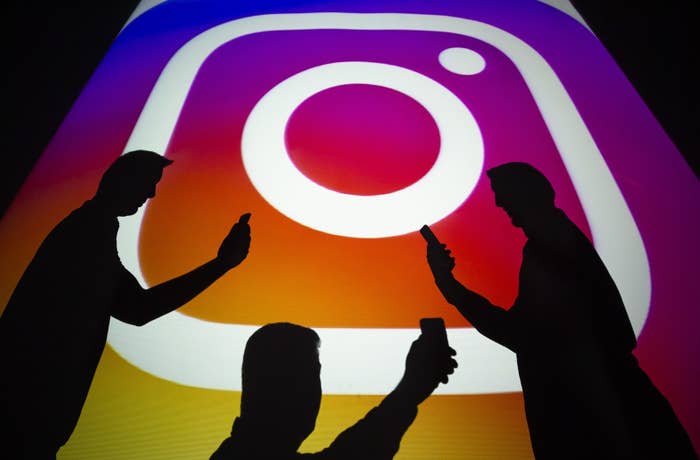
Instagram will test hiding the like count from photos, and view counts from videos, in an effort to get users to pay attention to the content itself and not their associated engagement metrics, the Facebook-owned app announced Tuesday.
In the test, followers won’t see total likes on photos, or views counts on videos, in their Instagram feeds or when visiting a user’s profile. The account owner will still be able to access their own metrics and see the total likes or view counts for a specific post, although they will need to tap through a post to view those metrics. Instagram said that the “private likes” test would begin later this week for users in Canada at F8, Facebook’s annual developers conference.
Critics of social media companies have said that the public emphasis of such metrics as likes incentivizes negative behavior on platforms including Facebook, Twitter, and Instagram, leading users to chase engagement to measure their self-worth. Many social media companies use algorithms that take into account a post’s likes or view counts, among other metrics, to determine how to distribute that content to other users.
"We do hear people worry about how many like counts they get."
Head of Instagram Adam Mosseri told BuzzFeed News that the test wasn’t about incentivizing specific behavior but “about creating a less pressurized environment where people feel comfortable expressing themselves” and focus less on like counts. “We do hear people worry about how many like counts they get,” he said.
Likes can also be an inaccurate way of measuring genuine engagement from users. There are online services where Instagram users can buy likes or comments, while BuzzFeed News has shown that real people have turned their own accounts into bots to exploit and benefit from mutual engagement.
Mosseri said he wasn’t taking the full removal of like counts or video views “off the table” in the future and noted that he was hoping to learn from this first test.
He also said he would have to think about hiding metrics in stories, one of Instagram’s most popular features, in the future. Stories — ephemeral photos and videos that are broadcast to a user’s followers or certain groups — allow a post’s author to see how many people viewed that post. (It does not display story view counts to followers.)
“Stories was, in part, the inspiration for this test,” Mosseri said.
Jane Manchun Wong, a technology blogger who reverse engineers popular apps to uncover unreleased features, first spotted the test earlier this month in an internal employee-only prototype.
Instagram’s test follows a similar one by Twitter. In an experimental prototype app called twttr, like and retweet counts are hidden in a tweet’s replies as part of the company’s efforts to improve how people understand a conversation. Users must tap on each reply to see like and retweet figures.
As a follower, without seeing a like count, “I don’t have this piece of information to help me gauge whether this is a good reply I should read,” said Twitter senior product designer Lisa Ding in explaining the ‘twttr’ experiment to BuzzFeed News. “Does that make you read more? How does that change the way you interact in a conversation? That’s super interesting [to us].”
Twitter CEO Jack Dorsey has spoken openly about potentially removing other metrics, like follower counts, as well. “The question we're now asking is, is that necessarily the right incentive? Is the number of followers you have really a proxy for how much you contribute to Twitter and this digital public square?" Dorsey said in a September 2018 interview with Inc.
Mosseri said he was unaware of Twitter's beta tests that involve hiding engagement figures.
"Is removing engagement enough? Is that the only solution? Probably not."
Jill Murphy, the editor-in-chief of Common Sense Media, a nonprofit that studies the digital well-being of minors, said that the “race for more likes” leads kids to post more instead of reflecting on the content of their posts. Minors, she noted, may not think of the long-term ramifications of broadcasting every thought or piece of imagery on a digital record.
Although she was optimistic about potential changes in how companies display engagement metrics, Murphy added that one tweak won’t be enough to move away from a culture in which desire for approval is paramount.
“It’s great that the industry is starting to take real, specific steps, but is removing engagement enough?” she said. “Is that the only solution? Probably not.”
In January 2018, in response to mounting criticism that technology platforms do more harm than good, Facebook CEO Mark Zuckerberg said the company would start focusing on “time well spent,” a phrase Zuckerberg defined as “a responsibility to make sure our services aren’t just fun to use, but also good for people's well-being.” It’s unclear whether removing likes on Instagram will actually make people feel less horrible about the popularity of their posts, or if they’ll just switch their focus to other forms of validation on the platform.

